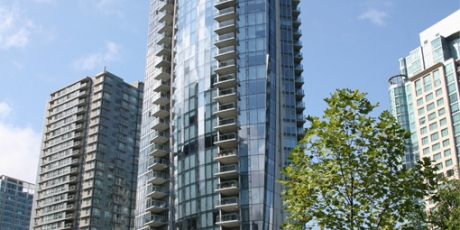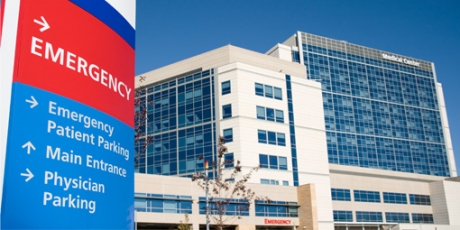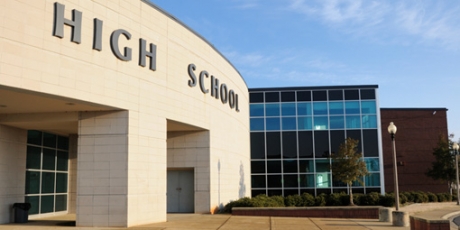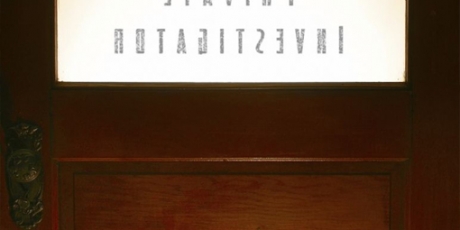Physical Security
Physical security describes security measures that are designed to deny unauthorized access to facilities, equipment and resources, and to protect personnel and property from damage or harm (such as espionage, theft, or terrorist attacks). Physical security involves the use of multiple layers of interdependent systems which include CCTV surveillance, security guards, protective barriers,locks, ;access control protocols, and many other techniques.
Physical security systems for protected facilities are generally intended to:
- deter potential intruders (e.g. warning signs and perimeter markings);
- distinguish authorized from unauthorized people (e.g. using keycards/access badges)
- delay, frustrate and ideally prevent intrusion attempts (e.g. strong walls, door locks and safes);
- detect intrusions and monitor/record intruders (e.g. intruder alarms and CCTV systems); and
- trigger appropriate incident responses (e.g. by security guards and police).
It is up to security designers, architects and analysts to balance security controls against risks, taking into account the costs of specifying, developing, testing, implementing, using, managing, monitoring and maintaining the controls, along with broader issues such as aesthetics, human rights, health and safety, and societal norms or conventions. Physical access security measures that are appropriate for a high security prison or a military site may be inappropriate in an office, a home or a vehicle, although the principles are similar.















 19 Kenview Boulevard, Unit 55
19 Kenview Boulevard, Unit 55
 Telephone:
Telephone: Email:
Email: Follow Us:
Follow Us:



